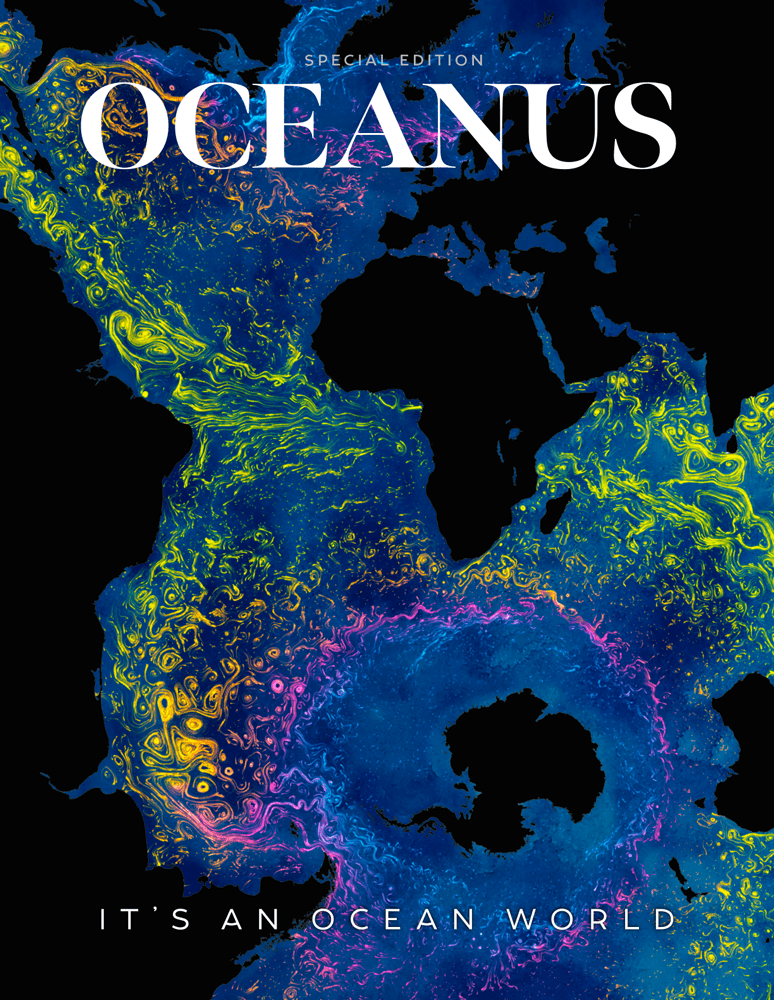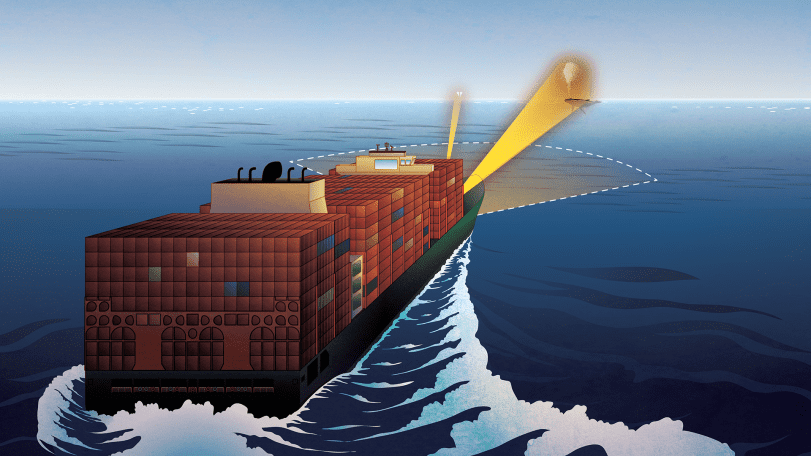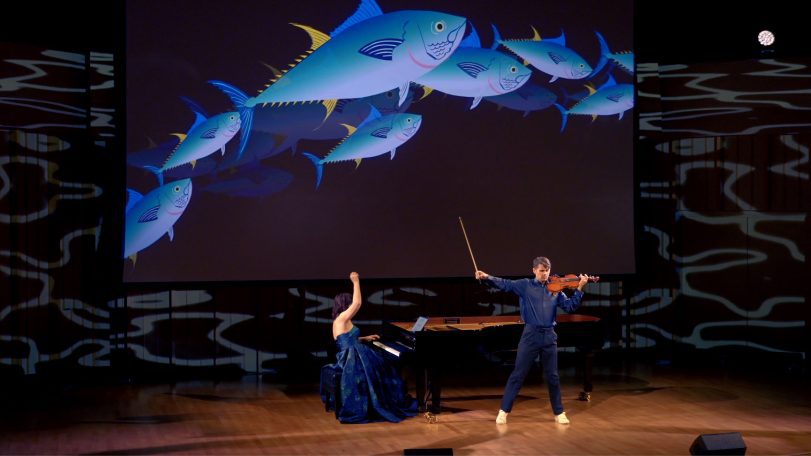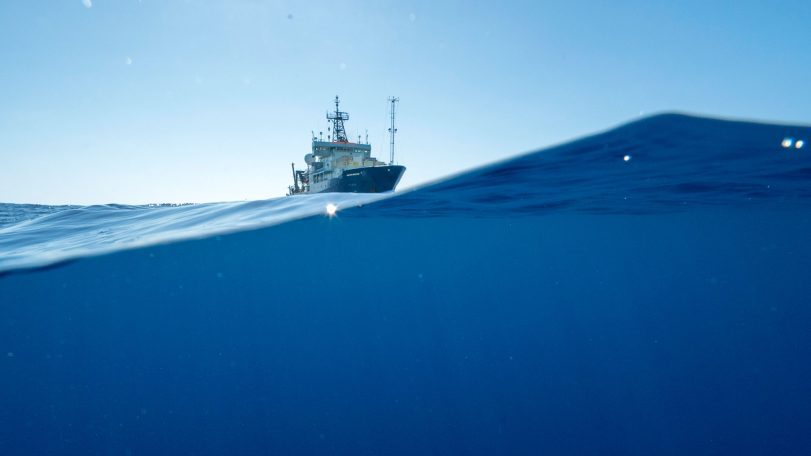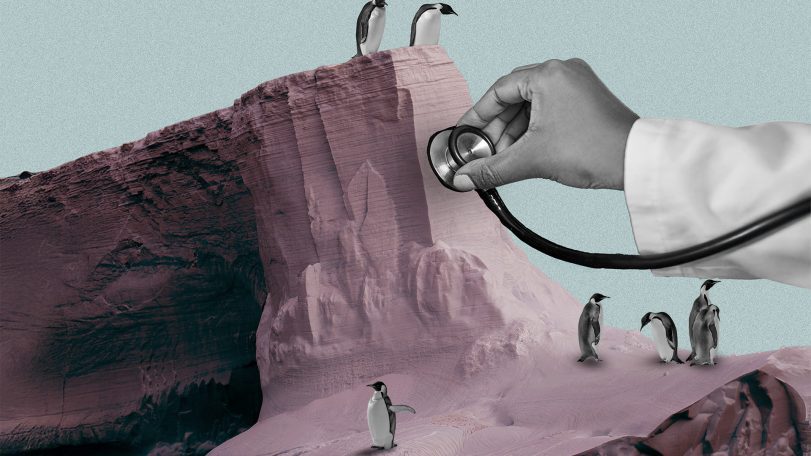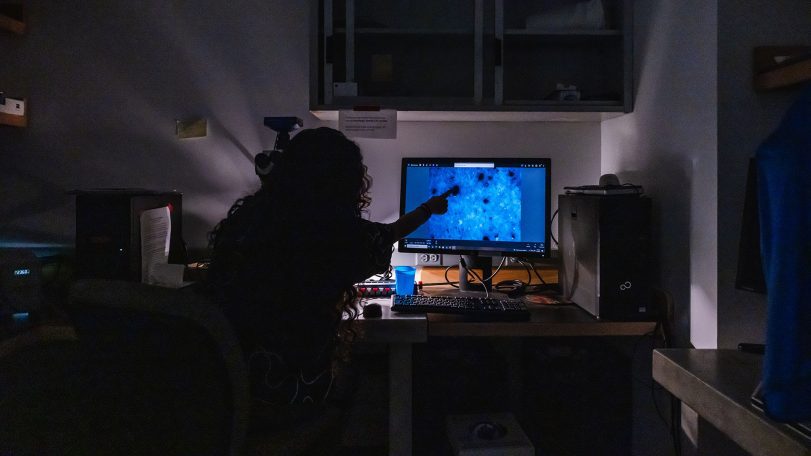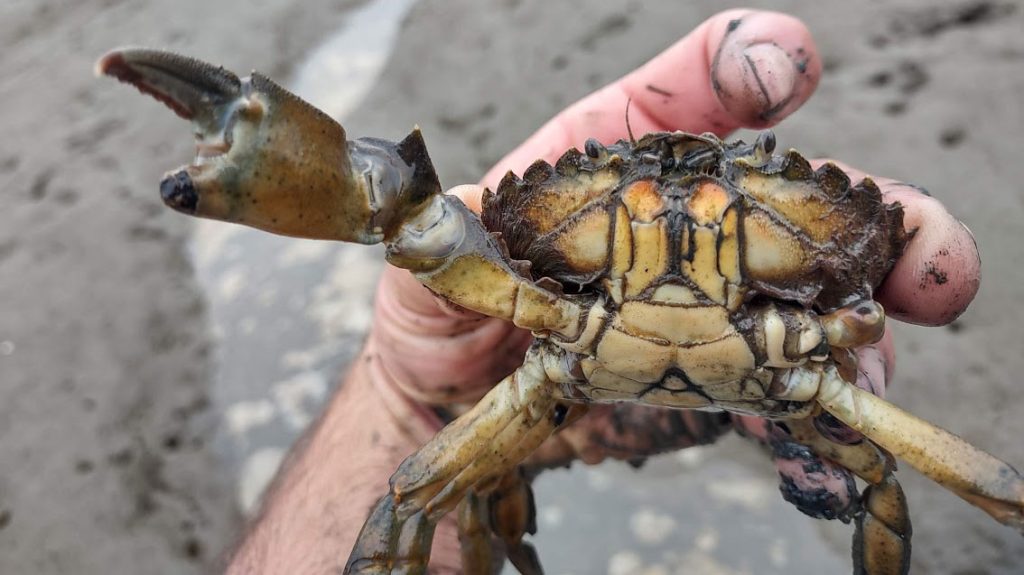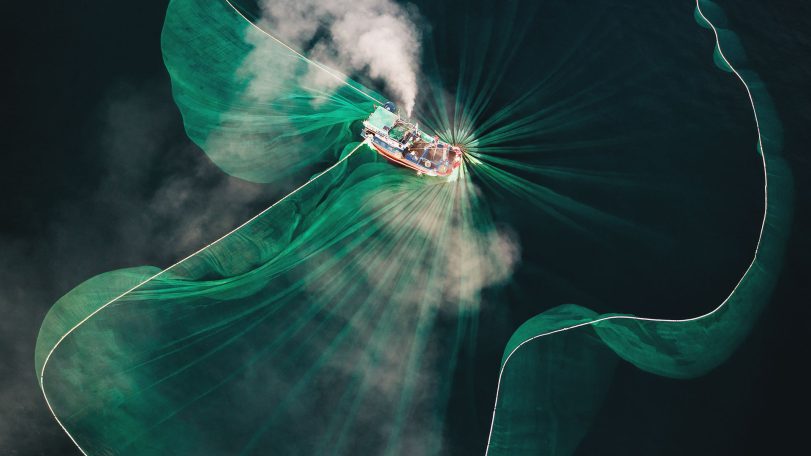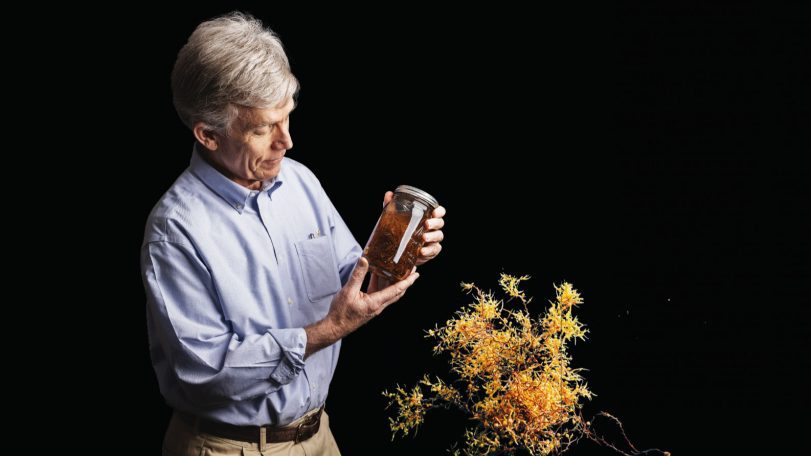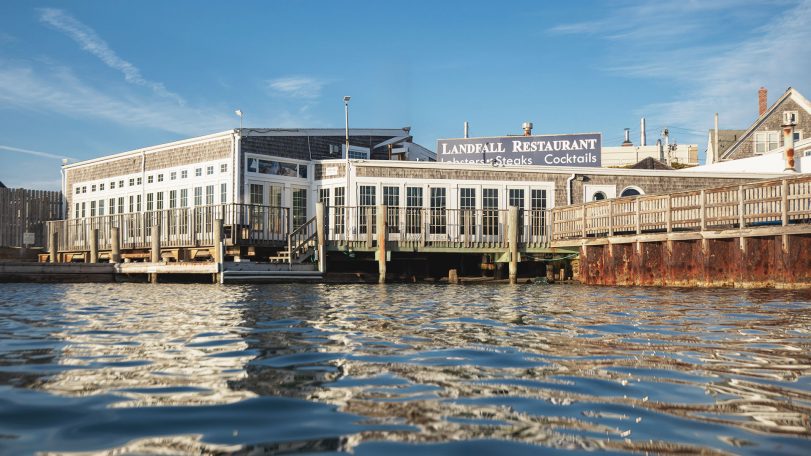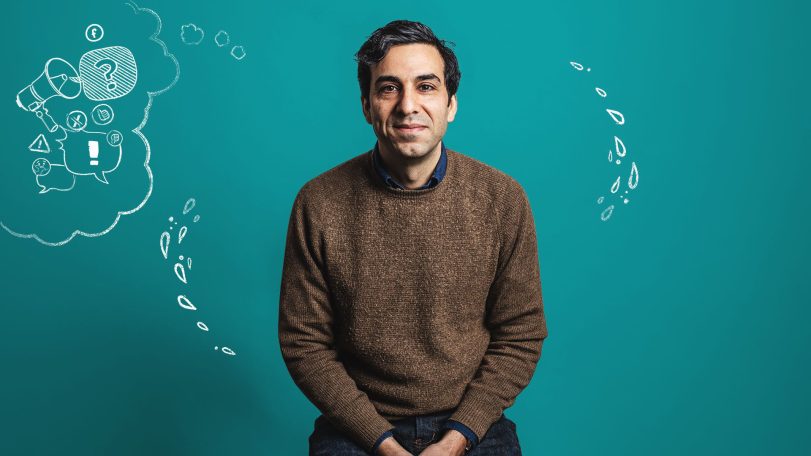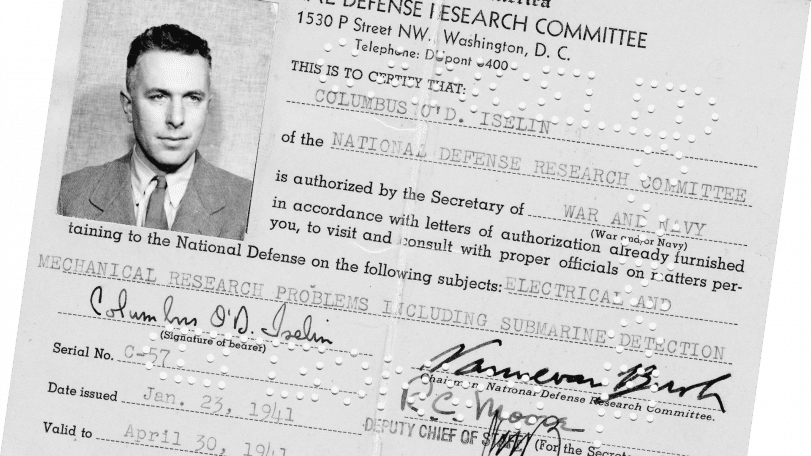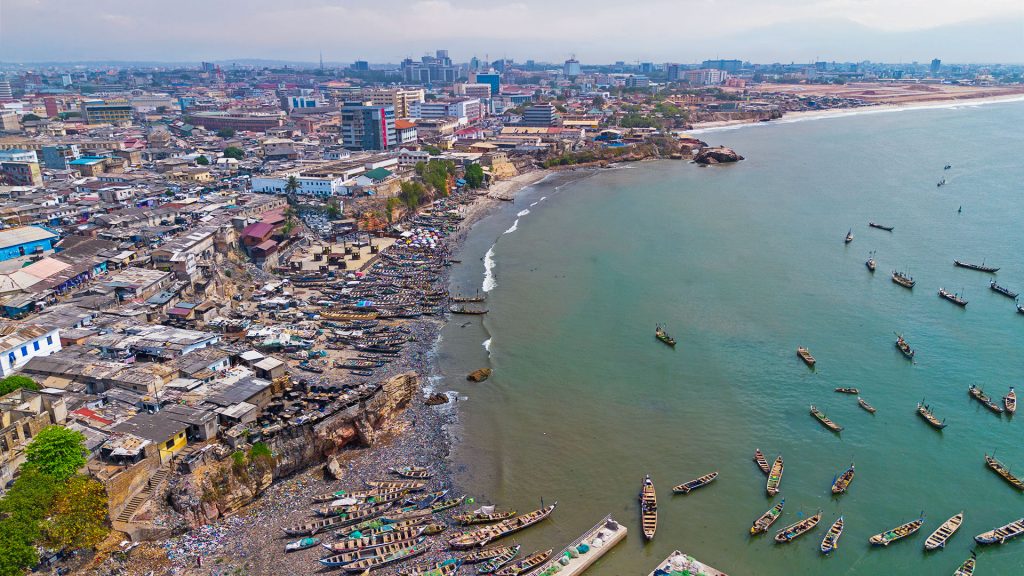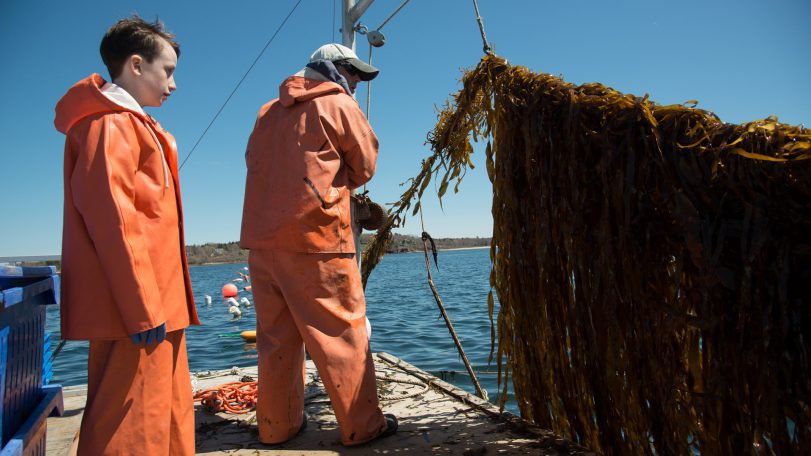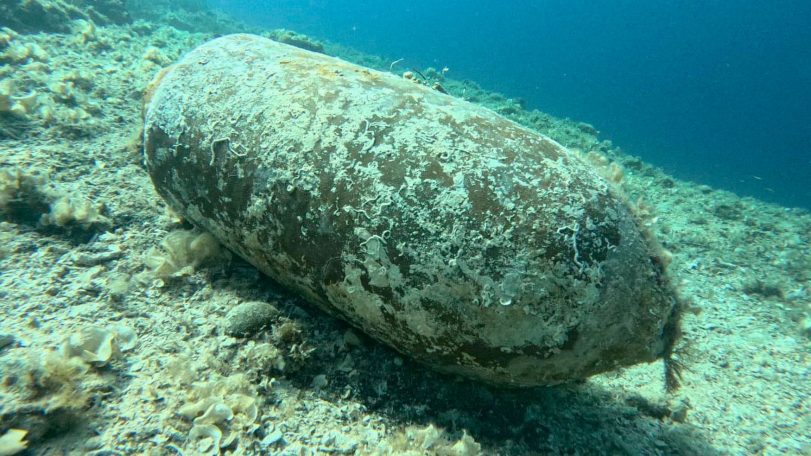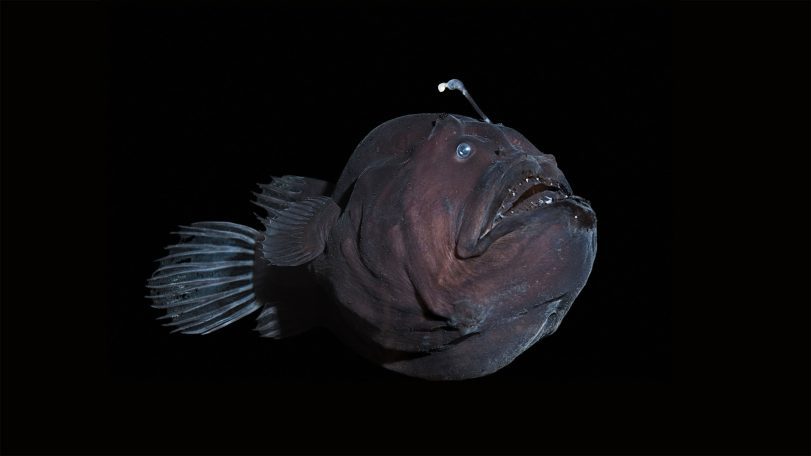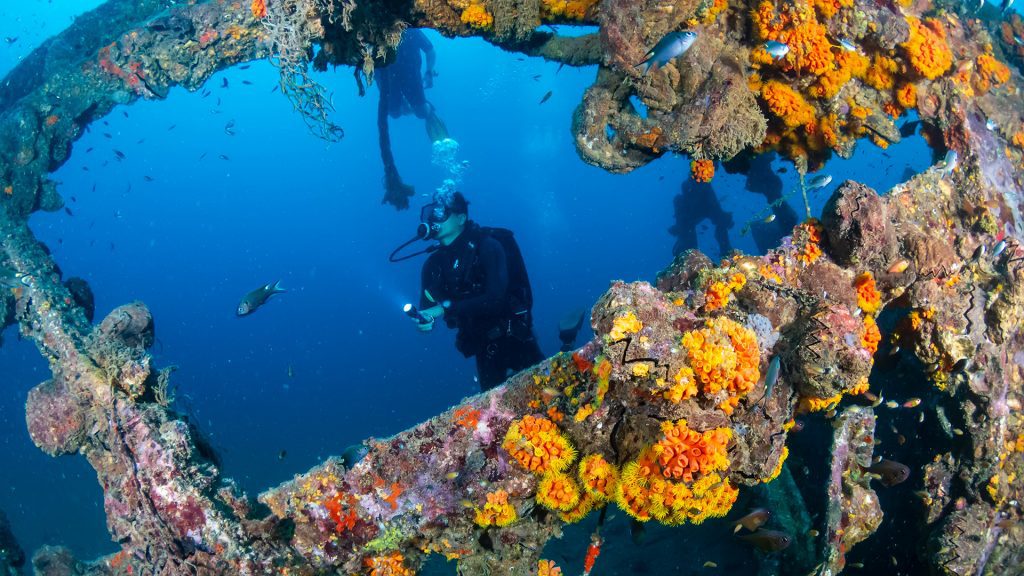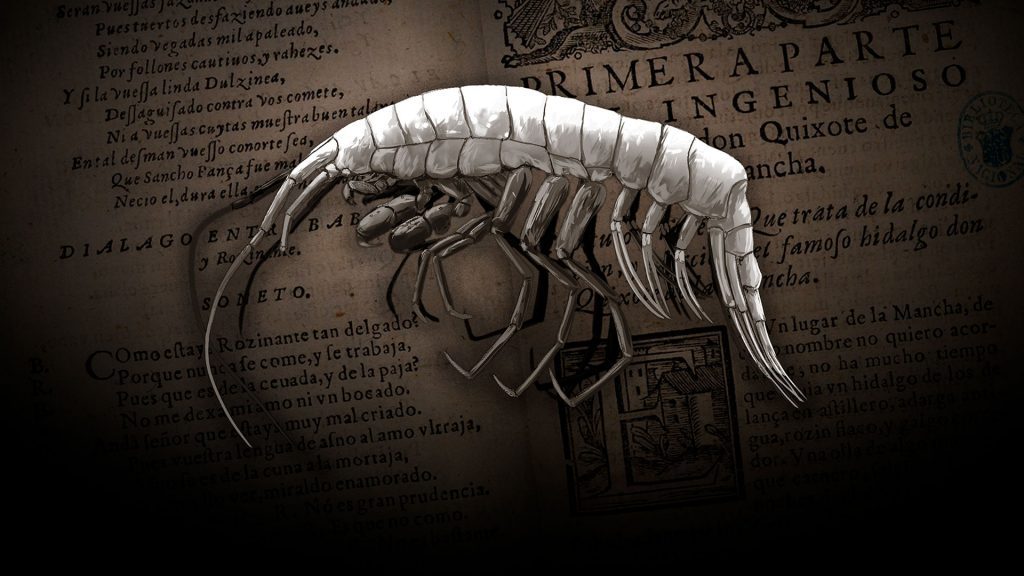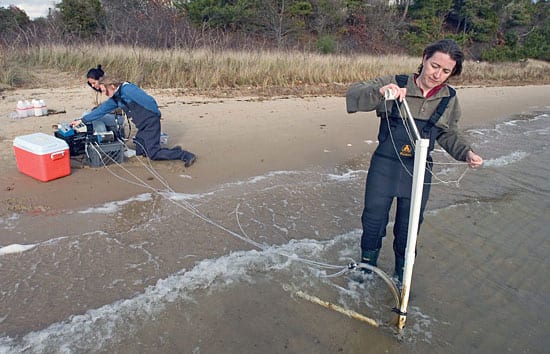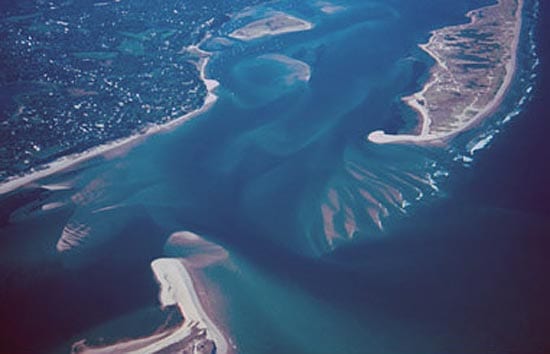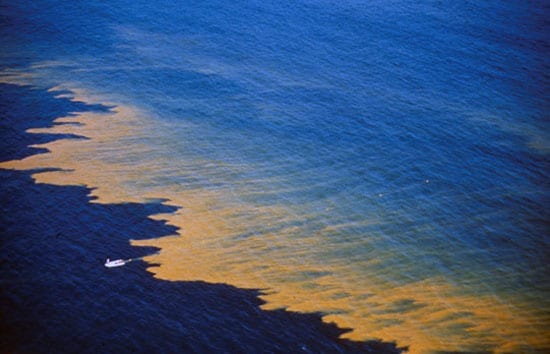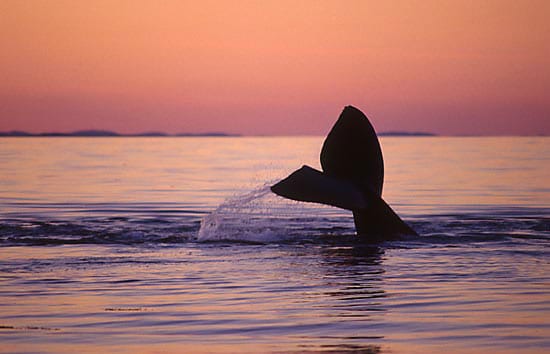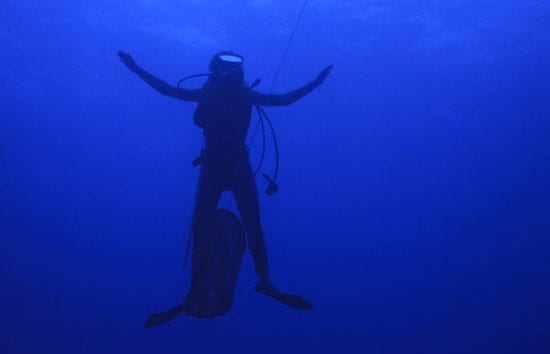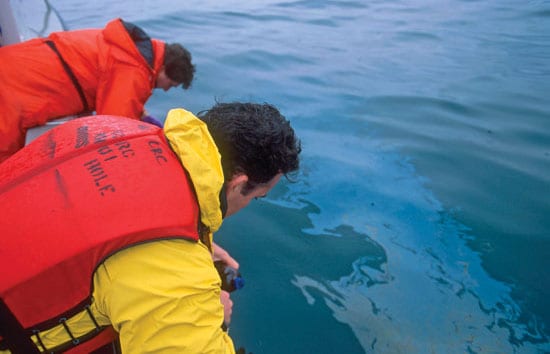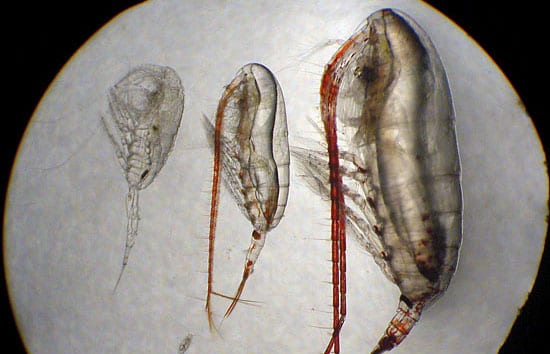
The Ocean (Re)Imagined
How expanding our view of the ocean can unlock new possibilities for life
Body snatchers are on the hunt for mud crabs
WHOI biologist Carolyn Tepolt discusses the biological arms race between a parasite and its host
A polar stethoscope
Could the sounds of Antarctica’s ice be a new bellwether for ecosystem health in the South Pole?
Secrets from the blue mud
Microbes survive—and thrive—in caustic fluids venting from the seafloor

and get Oceanus delivered to your door twice a year as well as supporting WHOI's mission to further ocean science.
Our Ocean. Our Planet. Our Future.
Top 5 ocean hitchhikers
As humans traveled and traded across the globe, they became unwitting taxis to marine colonizers
Following the Polar Code
Crew of R/V Neil Armstrong renew their commitment to Arctic science with advanced polar training
Harnessing the ocean to power transportation
WHOI scientists are part of a team working to turn seaweed into biofuel
Casting a wider net
The future of a time-honored fishing tradition in Vietnam, through the eyes of award-winning photographer Thien Nguyen Noc
Gold mining’s toxic legacy
Mercury pollution in Colombia’s Amazon threatens the Indigenous way of life
How do you solve a problem like Sargassum?
An important yet prolific seaweed with massive blooms worries scientists
Ancient seas, future insights
WHOI scientists study the paleo record to understand how the ocean will look in a warmer climate
Rising tides, resilient spirits
As surrounding seas surge, a coastal village prepares for what lies ahead
Whistle! Chirp! Squeak! What does it mean?
Avatar Alliance Foundation donation helps WHOI researcher decode dolphin communication
We can’t do this alone
For marine chemist Adam Subhas, ocean-climate solutions don’t happen without community
How WHOI helped win World War II
Key innovations that cemented ocean science’s role in national defense
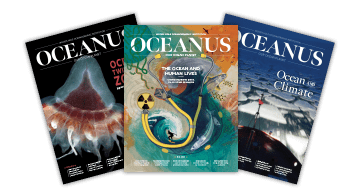
Looking for something specific?
We can help you with that. Check out our extensive conglomeration of ocean information.
Life at the margins
Scientists investigate the connections between Ghana’s land, air, sea and blue economy through the Ocean Margins Initiative
Grits, storms, and cosmic patience
As storms stall liftoff, Europa Clipper Mission Team member Elizabeth Spiers patiently awaits the biggest mission of her life
New underwater vehicles in development at WHOI
New vehicles will be modeled after WHOI’s iconic remotely operated vehicle, Jason
Learning to see through cloudy waters
How MIT-WHOI student Amy Phung is helping robots accomplish dangerous tasks in murky waters
A rare black seadevil anglerfish sees the light
A viral video shows a denizen of the ocean’s twilight zone making an unusual trip to the surface
Unseen Ocean
Artist Janine Wong and scientist Jing He capture the art of currents in “Submesoscale Soup”
Five marine animals that call shipwrecks home
One man’s sunken ship is another fish’s home? Learn about five species that have evolved to thrive on sunken vessels
Deep-sea amphipod name inspired by literary masterpiece
Name pays tribute to Cervantes’ Don Quixote and reinforces themes of sweetness and beauty
Water Flowing Underground
Groundwater discharge appears to be an important factor for determining the chemistry of the coastal ocean. As fresh groundwater flows toward the sea, it rises up over denser, salty water. The fresh and salty water mix along the interface, and the resulting fluid discharges at the shoreline. This interface between underground water masses has recently been described as a “subterranean estuary,” a mixing zone between fresh and salty water analogous to the region where a river meets the ocean.
Rising Sea Levels and Moving Shorelines
Changes to the shoreline are inevitable and inescapable. Shoals and sandbars become islands and then sandbars again. Ice sheets grow and shrink, causing sea level to fall and rise as water moves from the oceans to the ice caps and back to the oceans. Barrier islands rise from the seafloor, are chopped by inlets, and retreat toward the mainland. Even the calmest of seas are constantly moving water, sand, and mud toward and away from the shore, and establishing new shorelines.
The Growing Problem of Harmful Algae
Harmful algal blooms are natural and they are not new. But ocean scientists are growing concerned that they are now all too common. The unprecedented growth of human activities in coastal watersheds—including agriculture, aquaculture, industry, housing, and recreation—has drastically increased the amount of fertilizer flowing into coastal waters and fueled unwanted algal growth.
Introducing…the Asian Oyster
As native oysters decline, officials seek to restore fishery with disease-resistant species “O Oysters,” said…
Scientists Muster to Help Right Whales
It is a sad irony that we have cataloged individual photographs of the remaining North Atlantic right whales and given each of them unique numbers and sometimes names, yet still know too little about their physiology, behavior, and habitats to take effective steps toward ensuring their survival as a species.
Whither the North Atlantic Right Whale?
“Today only a remnant of the population survives, no more than 350 whales clustered in calving and feeding grounds along the eastern seaboard of North America. Only occasional right whale sightings in the Gulf of St. Lawrence or in the waters between Iceland, Greenland, and Norway give echoes of their once substantially greater range.
Revealing the Ocean’s Invisible Abundance
Finding minuscule life forms in a seemingly infinite ocean isn’t trivial. But in recent years, oceanographers have been developing new techniques and instruments to identify and count marine microorganisms. Year by year, we are learning more and more about them and discovering that they are even more numerous, varied, and important than we previously thought.
Shedding Light on Light in the Ocean
Light in the ocean is like light in no other place on Earth. It is a world that is visibly different from our familiar terrestrial world, and one that marine animals, plants, and microbes are adapted to in extraordinary ways. Light behaves very differently when it moves from air into water. It moves through the expansive depths of an ocean that is devoid of solid surfaces. These and other factors combine to create an environment that has no equivalent on land.
Oil in Our Coastal Back Yard
On September 16, 1969, the barge Florida ran aground off Cape Cod, rupturing its hull and spilling 189,000 gallons of No. 2 fuel oil. Winds and waves pushed the oil onto the beaches and marshes of West Falmouth, Massachusetts, carrying with it dead lobsters, scup, and cod.
Shaping the Beach, One Wave at a Time
For years, scientists who study the shoreline have wondered at the apparent fickleness of storms, which can devastate one part of a coastline, yet leave an adjacent part untouched. How can this be? The answer lies in the physics of the nearshore region?the stretch of sand, rock, and water between the dry land behind the beach and the beginning of deep water far from shore.
Down on the Farm…Raising Fish
Aquaculture, or fish farming, is changing how we think about one of our main sources of protein. With many fish stocks shrinking due to overfishing or environmental degradation, aquaculture holds the promise of more reliable and more sustainable seafood production. The economic and social benefits could be significant for both consumers and producers.
Life in the Arctic Ocean
Capped with a formidable ice and snow cover, plunged into total darkness during the winter, buffeted by blizzard winds,and bitterly cold, the Arctic Ocean is one of the most inaccessible and yet beautiful environments on Earth. Life here endures some of the greatest extremes in light and temperature known to our planet. Yet despite these inhospitable conditions, the Arctic Ocean is teeming with life.
